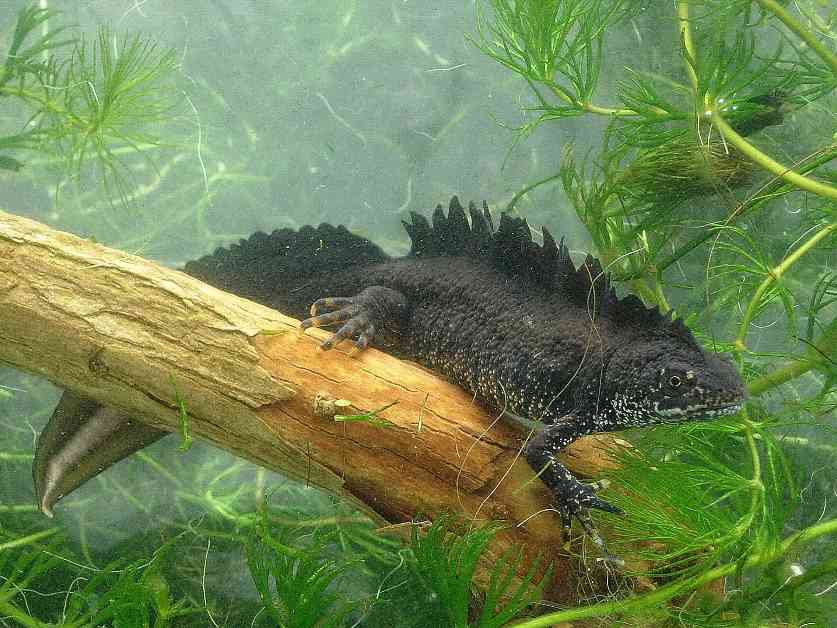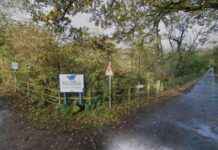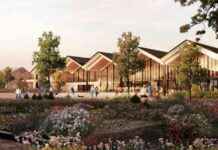The Impact of Great Crested Newts on Green Belt Development
In a recent decision by the Planning Inspectorate, an appeal to build nine homes on green belt land in Stretton has been dismissed. The proposed development, which included four five-bedroom homes, two three-bedroom homes, and four two-bedroom homes, was rejected by Warrington Borough Council last year due to concerns over the impact on great crested newts.
Great crested newts are a protected species that play a vital role in the ecosystem. They breed in ponds during the spring and spend the rest of the year feeding in woodland, hedgerows, and marshes. These amphibians also hibernate underground, making them particularly vulnerable to disruptions in their habitat.
The council’s decision to refuse permission for the development was based on the lack of information provided regarding the potential impact on great crested newts. The ecological assessment highlighted the possibility of the presence of these newts on the site, emphasizing the need for further surveys to determine the extent of their population and the potential effects of the proposed development.
The Importance of Biodiversity and Protected Species
The Planning Inspectorate emphasized the significance of considering biodiversity and protected species in development projects. In this case, the focus was on the great crested newts and their habitat. Without a comprehensive understanding of the newts’ presence and the potential impacts of the development, it was deemed inappropriate to proceed with the project.
Protecting biodiversity is crucial for maintaining the balance of ecosystems and preserving the natural environment. Great crested newts, as an indicator species, serve as a barometer for the health of their habitats. Their presence or absence can indicate the overall well-being of the ecosystem, making it essential to prioritize their protection in any development plans.
Challenges and Considerations in Green Belt Development
Developing green belt land poses unique challenges and considerations, especially when it involves protected species like great crested newts. Balancing the need for housing and infrastructure development with environmental conservation requires a careful and thorough assessment of potential impacts on biodiversity.
In the case of the Stretton development proposal, the lack of sufficient information on the presence of great crested newts and the potential effects of the project highlighted the complexity of green belt development. Without comprehensive data and mitigation measures in place, it was deemed unacceptable to proceed with the construction of nine homes on the site.
The decision to dismiss the appeal underscores the importance of conducting thorough ecological assessments and considering the implications of development on protected species. It serves as a reminder of the need to prioritize environmental conservation and biodiversity protection in planning and decision-making processes.
Overall, the impact of great crested newts on green belt development cannot be understated. These protected amphibians play a crucial role in maintaining the ecological balance of their habitats, making it essential to consider their presence and well-being in any development projects. The dismissal of the appeal for nine-home plans in Stretton highlights the significance of prioritizing biodiversity and protected species in green belt development decisions.























